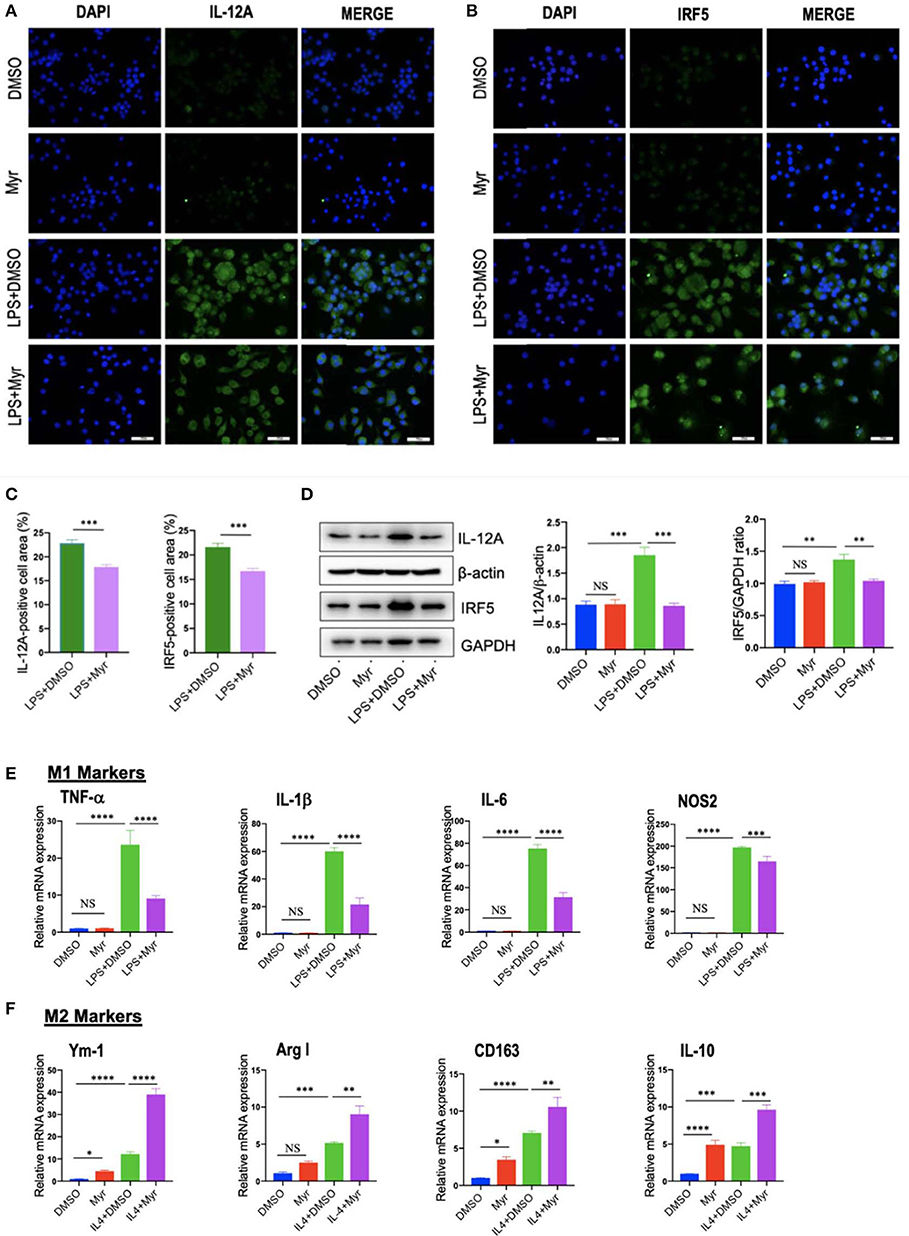
These diverse functions of macrophages are achieved by the plasticity of these cells, which, depending on signals present in their microenvironment, can polarize into a plethora of different phenotypes ( 14, 28). Lung macrophages are important innate immune cells, which play critical roles in lung homeostasis, host defense against pathogens, and resolution of inflammation. Interestingly, a common feature of both allergic and nonallergic asthma is the increased numbers of macrophages in the lungs. Allergic asthma is typically a Th2-type disease characterized by the presence of Th2 cells, eosinophils, macrophages, and cytokines, such as interleukin (IL)-4, IL-5, and IL-13 ( 30). We and others have shown that exposure to farm dust extract (FDE) induces a marked nonallergic type of lung inflammation with infiltration of neutrophils, macrophages, and T helper type 1 (Th1) and Th17 cells into mice lungs ( 22, 25). Interfering with this polarization could be a target for treatment of different types of lung inflammation.Įxposure to farm environments can induce respiratory diseases, such as nonallergic asthma, chronic bronchitis, and chronic obstructive respiratory disease ( 5). The polarization of macrophages diverged depending on the exposure and inflammatory status of the tissue. This was confirmed in vitro using a macrophage cell line, where FDE exerted a direct effect on macrophages, inducing M1-dominant polarization. We demonstrated that, whereas in allergic asthma M2-dominant macrophages predominated in the lungs, in nonallergic inflammation M1-dominant macrophages were more prevalent. In this study, we aimed to characterize and quantify the lung macrophage populations in two established murine models of allergic and nonallergic lung inflammation by means of fluorescence-activated cell sorting and immunohistochemistry. However, macrophage functions and phenotypes may vary according to their polarized state, which is dependent on the cytokine environment. Macrophage influx is a common feature of both types of lung inflammation, allergic and nonallergic. In contrast to allergic asthma, in which type 2 helper T cell (Th2) activation is dominant, exposure to farm dust extracts (FDE) induces Th1/Th17 lung inflammation, associated with neutrophil infiltration.

Chronic exposure to farm environments is a risk factor for nonallergic lung disease.


 0 kommentar(er)
0 kommentar(er)
